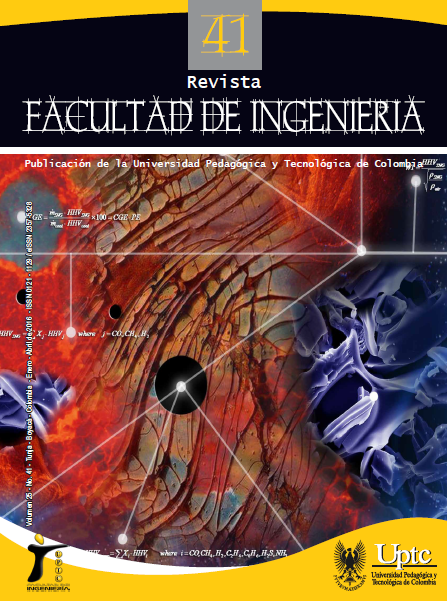Effect of impurities in the physical-chemical properties of a copper mineral leaching solution

Abstract
The physical and chemical properties of a copper leaching solution were quantified and analyzed in presence of high concentrations of chlorine, aluminum and magnesium. The properties tested were the density, viscosity and dissolved oxygen. The effect of the viscosity over time of phase separation in solvent extraction was also evaluated. The concentrations used of chlorine were 20, 30 and 50 g/L, aluminum 7, 15 and 23 g/L and finally the magnesium of 6, 14 and 22 g/L. The temperatures tested were 25, 35 and45 °C. The results showed that the presence of impurities produces a significant impact on the viscosity and only small changes in density. Chlorine is the impurity with less impact, followed by magnesium, and aluminum producing the greatest impact. The temperature increase reduces the impact of these elements. The presence of impurities causes a decrease in dissolved oxygen concentration. In solvent extraction, an increase in viscosity produces longer times of phase separation.
Keywords
copper production, copper leaching, hydrometallurgy, PLS
References
- E. Domic, Hidrometalurgia: fundamentos, procesos y aplicaciones. Chile: Instituto de Ingenieros de Minas de Chile, 2001.
- G. Kordosky, “Copper recovery using leach/ solvent extraction/electrowinning technology: Forty years of innovation, 2.2 million tonnes of copper annually”, Journal of the South African Institute of Mining and Metallurgy, vol. 102, pp. 445- 450, November/December 2002.
- Comisión Chilena del Cobre, Proyección de demanda de aguas frescas en la minería del cobre 2013-2021”, 2013.
- Comisión Chilena del Cobre, Best practices and efficient use of water in the mining industry, 2008.
- C. Ramírez, Efecto de impurezas en las propiedades fisicoquímicas de un PLS, Trabajo de titulación para optar al título de Ingeniero Civil en Metalurgia, Departamento de Ingeniería Metalúrgica, Universidad de Santiago de Chile, 2014.